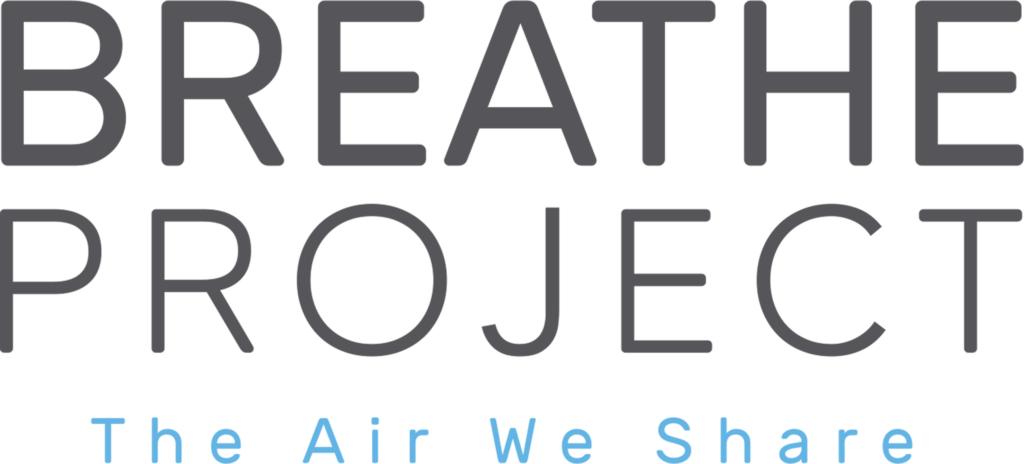The following was reprinted with the permission of Dr. Ned Ketyer of Pediatric Alliance.
By Dr. Ned Keyer
“Dilution is the solution to pollution,” an old friend reminded me while rolling her eyes recently after I spoke to an overflow crowd of concerned citizens at a local community center about the proposed construction of a “mini-industrial complex” adjacent to her neighborhood. She was kidding, of course. “In reality,” my friend, an environmental scientist, clarified, “dilution is an illusion.”
If you happen to get stuck in traffic on a pleasant spring day behind a big diesel truck spewing clouds of black soot from its exhaust pipe, I’m sure you will agree with my friend’s wisdom. In this case, I’ll wager that you will probably close the car’s windows, but only after mumbling something unpleasant to yourself. If you watch that cloud of soot — a plume filled with particles large (black) and small (invisible), vapors, fumes, and other chemical byproducts that result from burning fossil fuels — it eventually disappears from sight. It dissipates. But that plume of soot doesn’t really go away. It gets diluted with less dirty air until you can’t see it anymore. And what comes up eventually comes down and enters our lungs, our soil (thus, our food), and our bodies of water. There is now abundant, irrefutable scientific and medical evidence that this air pollution disrupts fetal and child development, makes people sick, and prematurely kills at least 7 million souls around the world every year, including tens of thousands in this great country of ours.
Dilution is an illusion.
In 1993, the New England Journal of Medicine published the groundbreaking Six Cities study from the Harvard School of Public Health. Twenty years later, the study’s lead author rehashed the findings:
People in the dirtier cities were dying faster than people in the clean cities. We found that the mortality risk was strongly associated with fine particulate concentrations (particles smaller than 2.5 microns in diameter, or PM2.5). The differences we found in life expectancy—two to three years shorter—were remarkable. Those are big numbers in terms of population life expectancy. We were astonished that people in the clean cities were living that much longer, just because of where they lived. The “dirty” communities were all within air pollution standards at the time—they weren’t defined as being “unhealthy” by the Environmental Protection Agency (EPA)—but the Six Cities Study strongly suggested negative health effects in those communities.
The study prodded Americans to insist that the Environmental Protection Agency adopt stricter rules regarding particulate matter emissions from industrial point sources and mobile sources of pollution. Twenty years later, the results of decreasing PM2.5 pollution were evident:
New standards put in place by the EPA following the study have led to an improvement in air quality, with PM2.5 concentrations going down consistently over the past 20 years. We have evidence that this has led to improved health in follow-up studies. We saw improvements in health in each of the six cities—even in our “clean” cities—consistent with the improvement in air quality.
The public health implications for improving air quality by decreasing pollution is clear:
Any improvement in air quality and reduction in particle concentrations leads to improved health.
Improved health means lives saved:
In 2011 the EPA estimated that the control of particulate air pollution saved 160,000 lives in 2010, and that it will save 230,000 lives in 2020.
And improving health and saving lives also saves money — a win-win-win made possible by successful federal regulations designed to improve air quality:
The benefits… [of reducing fine particulate matter pollution]… were estimated at between $18.8 billion and $167.4 billion per year, compared to a cost of $7.3 billion per year. That translates to a benefit-cost ratio of between 2.5 to 1 or possibly up to 20 to 1. These are pretty astounding numbers for the benefits that were initiated by the 1993 Six Cities Study publication.
Bringing these points closer to home, Kristina Marusic describes what happened when one of Pittsburgh’s historically major industrial point sources of pollution, the Shenango Coke Works plant on Neville Island, shut down in 2016:
A soon-to-be-published study undertaken by the Allegheny County Health Department found emergency room visits for asthma and chronic obstructive pulmonary disease (COPD) dropped by 37.9 percent in the region the year after the plant closed. ER visits for cardiovascular diseases including heart attacks and strokes decreased by 26.5 percent.
The health department also monitored air quality in the region before and after the plant closure, and observed that annual levels of particulate matter pollution, which causes higher rates of asthma and heart disease, decreased by 11 percent — from 10.9 to 9.7 micrograms per cubic meter — in the year after the plant stopped its operations.
Marusic spoke to our colleague, Dr. Deborah Gentile (Pediatric Alliance — Allergy, Asthma, and Immunology Division), about the tale of two coke plants — the one now closed on Neville Island and the other one still very much in operation in Clairton — and their impacts on the health of residents living in their fallout zip codes:
Gentile recently conducted a study that found Clairton Elementary School students have roughly double the asthma rates of other Pennsylvania children. She’s in the process of finalizing a second study on asthma rates in elementary schools near the former Shenango Coke Works site. Her findings are still preliminary, but Gentile reported that after the Shenango plant closed, the rate of physician-diagnosed asthma in elementary school students in the region decreased from 25.3 percent to 19.1 percent, and the rate of uncontrolled asthma dropped from 64.9 percent to 37.9 percent.
For Clairton and other communities with zip codes adjacent to toxic neighbors, there is much more work that needs to be done:
Dr. Deborah Gentile, a Pittsburgh pediatrician and member of the Pediatric Alliance, believes that getting below those thresholds is the key to improving health outcomes.
“People tend to think we’ve decreased air pollution this much, so why haven’t we seen asthma rates go down at a corresponding rate,” Gentile told EHN. “But if you were smoking three packs of cigarettes per day and you dropped down to two, you’re probably not going to see a change in your health outcomes. In Clairton we still haven’t gotten particulate matter below the threshold where it’s dangerous.”
But we now know, very clearly, that there is a better way to achieve improved health and a healthier economy. We should know that as the White House continues to gut the very laws and rules that have been shown to be effective in lessening air pollution and improving public health, solutions for a better way are not beyond our reach.
-Dr. Keyer’s blog post originally ran in the PediaBlog in May 2018.

